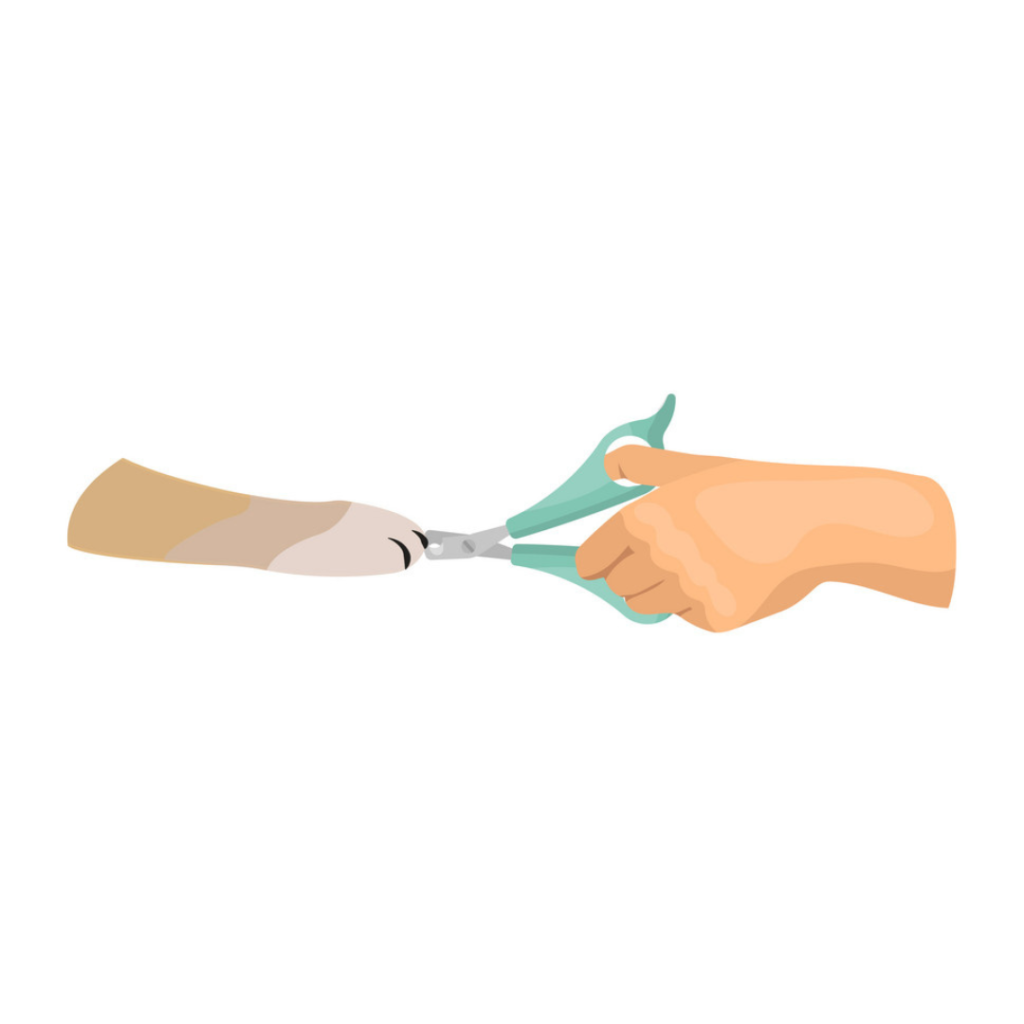
Circumcision is the surgical removal of the foreskin, the skin that covers the tip of the penis. It is a common practice in many cultures and is often performed for religious, cultural, or medical reasons. In this blog, we will explore the history of circumcision, its cultural and religious significance, the benefits and risks of circumcision, and the procedure itself.
Furthermore, the decision to undergo circumcision is often influenced by medical considerations. Exploring the potential health benefits and risks associated with circumcision can help individuals and families make informed choices regarding their own or their child’s well-being.
By exploring all facets of the procedure, we aim to provide readers with a comprehensive understanding of this practice. Whether you’re seeking knowledge to make an informed decision or simply curious about the cultural and medical aspects, this blog aims to be your go-to resource. So, let’s embark on this informative journey to gain a deeper understanding of circumcision and its multifaceted nature.
Benefits of Circumcision
There are several potential benefits to circumcision, including:
- Reduced risk of urinary tract infections: Circumcision has been shown to reduce the risk of urinary tract infections in infants.
- Reduced risk of sexually transmitted infections: Circumcision has been shown to reduce the risk of HIV and other sexually transmitted infections in men.
- Reduced risk of penile cancer: Circumcision has been shown to reduce the risk of penile cancer, although this is a rare disease.
- Easier hygiene: Circumcision makes it easier to keep the penis clean.
- Cultural and religious reasons: For many families, circumcision is an important cultural or religious tradition.
Risks of Circumcision
When considering the procedure, it is important to be aware of the potential risks associated with the procedure. While complications are relatively rare, it is crucial to understand and consider these risks before making an informed decision. Here are some potential risks of circumcision:
- Bleeding: Bleeding is one of the most common risks associated with circumcision. While minor bleeding is normal and usually stops on its own, excessive bleeding may require medical attention and possibly additional interventions.
- Infection: Like any surgical procedure, there is a risk of infection after circumcision. However, with proper post-operative care and hygiene, the risk can be minimized. Signs of infection may include redness, swelling, discharge, or fever.
- Pain and Discomfort: Circumcision can cause pain and discomfort during and after the procedure. Local anaesthesia or other forms of pain management are typically used to minimize discomfort, especially in infants. Pain relief medications may be prescribed during the healing process.
- Surgical Complications: In rare cases, surgical complications can occur during circumcision. These may include injury to the penis, excessive bleeding, or adverse reactions to anaesthesia. It is important to have the procedure performed by a qualified healthcare professional to minimize these risks.
- Changes in Sensation: Some argue that circumcision may lead to a decrease in sensitivity or sexual pleasure later in life. However, studies on this topic have produced mixed results, and the extent to which circumcision affects sensation is still a subject of debate.
- Adverse Reactions: In some cases, individuals may have adverse reactions to anaesthesia, surgical materials, or medications used during the procedure. It is important to discuss any known allergies or medical conditions with the healthcare provider beforehand.
It’s worth noting that the overall rate of complications associated with this procedure is relatively low. The decision to undergo circumcision should be made after careful consideration of the potential risks and benefits, in consultation with healthcare professionals and with respect to personal beliefs and cultural factors.
Remember, discussing these risks and concerns with a healthcare provider can provide a clearer understanding of the individual’s specific situation and help in making an informed decision.
Circumcision Procedure
The procedure is typically performed in a hospital or clinic setting and can be done under local anaesthesia or general anaesthesia. During the procedure, the foreskin is removed, and the remaining skin is stitched together.
After the procedure, it is important to keep the area clean and dry to prevent infection. Pain relief medication may also be prescribed to help manage any discomfort.
Conclusion
It is a complex topic with cultural, religious, and medical dimensions. It has a rich historical background and continues to be practised for various reasons. Understanding the benefits and risks associated with circumcision is crucial for making informed decisions.
For families considering getting it done, it is important to consult with healthcare professionals who can provide accurate information and guidance. They can address any concerns, explain the procedure thoroughly, and help you make an informed decision based on your specific circumstances and cultural beliefs.
Ultimately, the decision to undergo this should be a personal one, considering factors such as cultural traditions, religious beliefs, and medical considerations. It is essential to prioritize the well-being and comfort of the individual involved while respecting their autonomy and cultural values.
As attitudes and perspectives evolve over time, it is important to engage in respectful and open conversations about circumcision. By fostering a better understanding of the various aspects surrounding the procedure, we can create an environment where individuals can make informed choices that align with their personal beliefs and well-being.
Dr. Sumit Sharma is an experienced urologist, andrologist, and kidney transplant surgeon with over 20 years of clinical experience. He is the founder of the Department of Urology at multiple hospitals in Gurgaon and has established successful kidney transplant programs across the city.
Here are some frequently asked questions about circumcision:
Q. Is it painful to be circumcised?
The experience of pain during circumcision can vary depending on factors such as the age of the individual, the method of anaesthesia used, and individual pain tolerance. Here’s an overview of the pain management options and what to expect:
- Infants: In the case of infant circumcision, local anaesthesia is commonly used to numb the area before the procedure. This can help minimize or eliminate pain during the circumcision. Infants may experience some discomfort during and after the procedure, but with proper pain management, it can be effectively managed.
- Children and Adults: For older children and adults undergoing circumcision, local or general anaesthesia may be used to numb the area and minimize pain during the procedure. Local anaesthesia involves injecting numbing medication into the area around the penis, while general anaesthesia involves rendering the person unconscious during the procedure. With appropriate anaesthesia, the individual should not feel pain during the circumcision.
After the procedure, some discomfort or soreness is common during the healing process. Pain medication may be prescribed to manage any discomfort, and proper wound care instructions should be followed to promote healing and minimize discomfort.
It’s important to note that individual pain tolerance can vary, and perceptions of pain can differ from person to person. Infants may not be able to express their discomfort verbally, but healthcare professionals take steps to ensure their comfort during and after the procedure.
If you have concerns about pain management during circumcision, discussing them with a healthcare provider can provide a better understanding of the options available and how pain can be managed effectively based on the individual’s circumstances and age.
Remember, regardless of age, the use of anaesthesia and appropriate pain management techniques are typically employed to minimize discomfort and ensure a more comfortable experience during circumcision.
Q. Who is the best Urologist in Gurgaon?
Dr. Sumit Sharma is an experienced urologist, andrologist, and kidney transplant surgeon with over 20 years of clinical experience. He is the founder of the Department of Urology at multiple hospitals in Gurgaon and has established successful kidney transplant programs across the city.
Q. What’s the best age to get circumcised?
The optimal age for circumcision can vary depending on various factors, including cultural, personal, and medical considerations. Here are some key points to consider regarding the age at which circumcision can be performed:
- Infancy: In many cultures and religions, circumcision is traditionally performed during infancy, often within the first few days or weeks of a baby’s life. Performing circumcision at a young age may offer benefits such as faster healing, reduced risk of complications, and minimal recollection of the procedure.
- Childhood: Circumcision can also be performed during childhood, typically before puberty. The specific age range may vary based on cultural or personal preferences. Some families choose to delay circumcision until the child is old enough to understand and participate in the decision-making process.
- Adolescence and Adulthood: While less common, circumcision can be performed during adolescence or adulthood. Some individuals may choose to undergo circumcision later in life due to personal or medical reasons. It is important to note that the recovery process may be slightly longer and more uncomfortable for older individuals.
When deciding on the best age for circumcision, it is essential to consider medical factors, cultural or religious beliefs, potential benefits, and individual preferences. Consulting with a healthcare provider can provide valuable guidance based on the individual’s specific circumstances.
Ultimately, the decision regarding the best age for circumcision should be made in consultation with healthcare professionals, considering both medical recommendations and personal beliefs or cultural practices.



